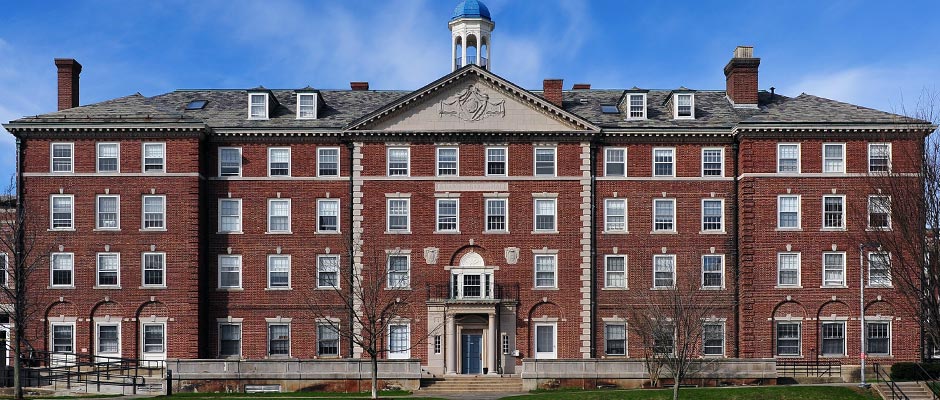Ending Affirmative Action Won’t Make Admissions Fair
By Isaac Butler
As challenges to affirmative action in college admissions go, a case that’s brewing against Harvard could be an important turning point. For one thing, it challenges a private institution (most previous lawsuits have been against public universities). For another, according to the Washington Post, it involves a non-white plaintiff:
As reported by Nick Anderson in The Washington Post, an advocacy group is suing Harvard University on behalf of a high-achieving Asian-American applicant who claims he was denied admission on the basis of race.
“The Harvard challenge really strikes at the fountainhead of modern affirmative action jurisprudence,” Richard Kahlenberg, a senior fellow at the Century Foundation told the Christian Science Monitor.
For opponents of affirmative action, Harvard is something of a holy grail. It’s not just a fancy college in Boston, but the architect of an alternative to racial quotas — that has allowed race to be used in admissions for nearly 40 years.
Harvard’s model, as detailed in the article, involves considering race (alongside a number of other factors) in molding an incoming class. Colleges want diverse student bodies. Diversity—not just racial diversity, but all kinds of diversity—is important to fostering an environment of learning and to making students of all backgrounds feel welcome. In order to ensure this, college admissions officers look at a wide variety of factors, such as extra-curricular activities, athletics, academic interest, test scores, grades, and whether or not a student is a legacy admission.
Removing one of these factors would not suddenly make the admissions process “fair” or a pure meritocracy. Legacy admissions, which skew white and wealthy, would still be allowed. Students with tons of extracurricular activities—most of whom come from wealthier schools and school districts—would also still be favored.
That’s not all. As we discuss in our recent Science of Equality report, high stakes tests like the SATs do not accurately measure the abilities of members of stereotyped groups.
This is because of a phenomenon called stereotype threat, where concern over conforming to a particular stereotype about our group (such as “women are bad at math”) can negatively impact our performance (we go into more detail about that here). Stereotype threat has been shown to negatively impact academic performance as early as middle school. One meta-analysis found that the SAT underestimates academic performance by stereotyped groups by at least 62 points. As we say in our report, “These effects can be substantially greater in settings with higher stakes associated with standardized testing, more difficult material, or lower representation of one’s group, all of which may enhance the level of stereotype threat.”
Stereotype threat is a powerful enough factor in academic performances that studies have shown that simply moving demographic information about test takers to the ends of tests can improve scores.
It also turns out that negative stereotypes about one group can improve the results of people not in that group. This is a concept known as stereotype lift. Studies like this one have shown that, when a negative stereotype about a group is linked to an intellectual test, people not in the group see an improvement in their own performance.
To use a very Harvard metaphor for a second, think of us as like sail boats, navigating the treacherous waters of the college admissions process. Stereotypes are like the wind. Sometimes they can function as headwinds, inhibiting our progress, and sometimes we can get the wind at our back, moving us forward faster.
Even if all the measurements of ability and performance were accurate, that wouldn’t make the process fair, and neither would keeping people from openly acknowledging the role race plays in admissions decision making. Forbidding the overt acknowledgment of race does not lead lessen racial bias. Implicit biases flourish when the subject of race remains unacknowledged and undiscussed. In fact, acknowledging the possibility that race can shape decisions is a key method for making decisions more fairly.
We can remove race from the list of things that may be overtly considered in college admissions, but this will not make those admissions fairer. They will continue to rely on flawed high stakes test scores, and they will continue to consider a wide range of factors that correlate with race and class.


